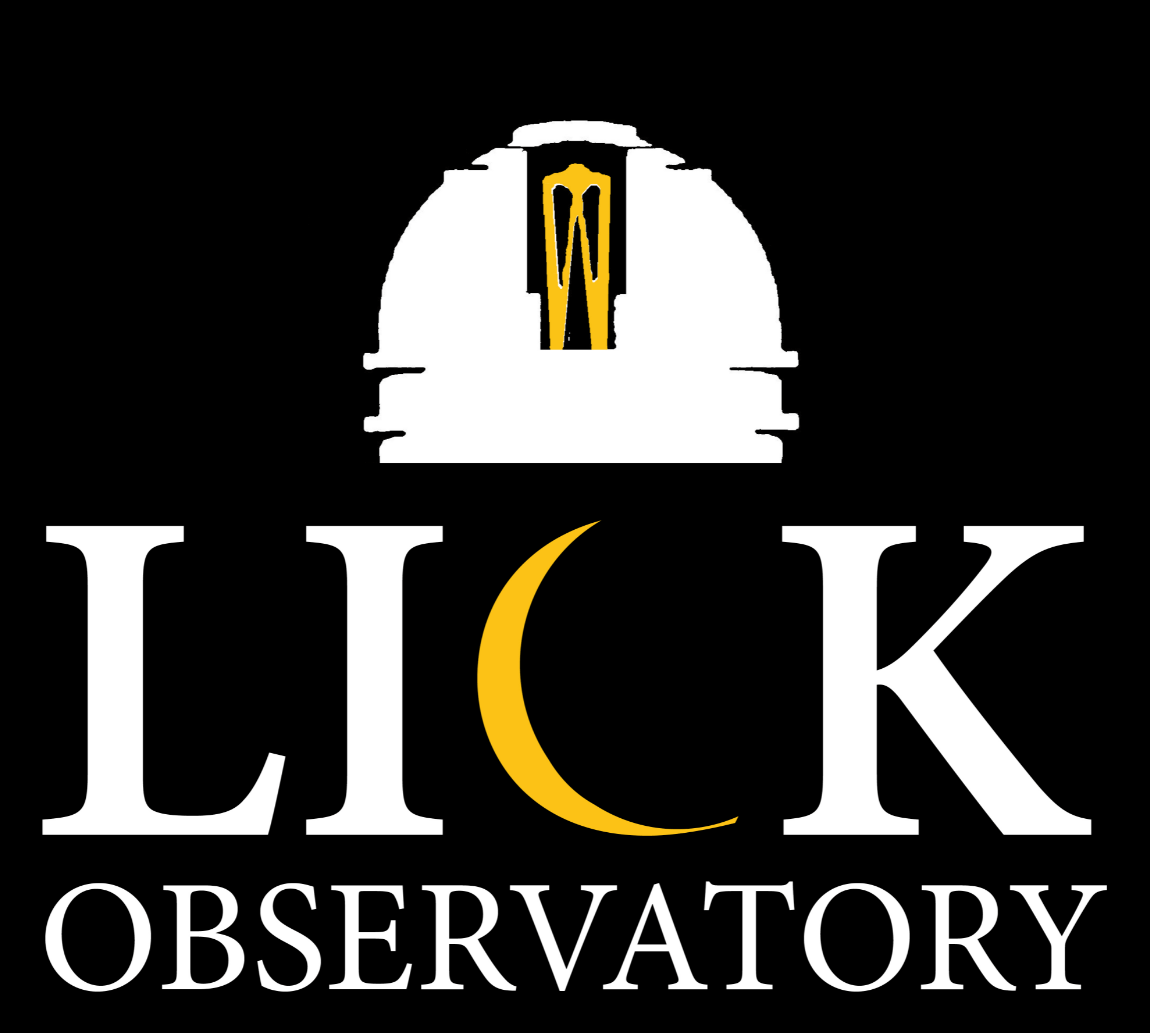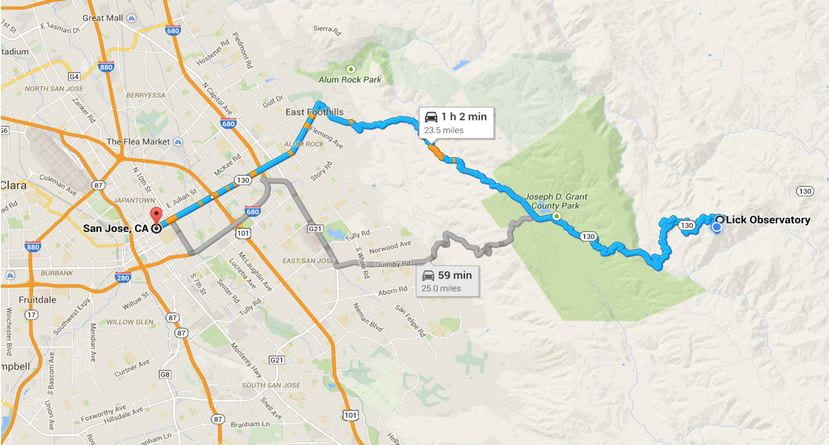🕒 Daytime Visitor Information
🎟 Admission
Free for all visitors.
🅿️ Outdoor Areas & Parking
Open Daily: 8:00 a.m. – 5:00 p.m.
The main parking lot and outdoor public areas are accessible every day.
🔭 Shane Visitor’s Gallery
Open Daily: 10:00 a.m. – 5:00 p.m.
Explore and learn about our research and instruments.
Vending machines, water fountain, and restrooms are open in the main building 7 days a week, from 8 a.m. to 5 p.m.
🛍 Visitor Center & Gift Shop
Open: Saturdays & Sundays, 12:00 p.m. – 5:00 p.m.
Closed: Monday – Friday
Stop by to browse astronomy-themed merchandise and learn more about Lick Observatory’s history.
🎤 Free Weekend Talks
Inside the dome of the historic 36-inch Great Refractor
No reservations needed — talks are included with your free admission!
Talk Times (Sat & Sun):
- 12:30 p.m.
- 1:30 p.m.
- 2:30 p.m.
- 3:30 p.m.
- 4:30 p.m.
🗓 Holiday Hours
🛍 Visitor Center & Gift Shop
Open on the following holidays:
✅ New Year’s Eve & New Year’s Day (Dec 31 & Jan 1)
✅ Martin Luther King Jr. Day
✅ President’s Day
✅ Memorial Day
✅ Labor Day
✅ Thanksgiving Friday, Saturday & Sunday
✅ December 26–31
Closed on the following holidays:
❌ Independence Day (July 4)
❌ Thanksgiving Day (Thursday)
❌ Christmas Eve (Dec 24)
❌ Christmas Day (Dec 25)


